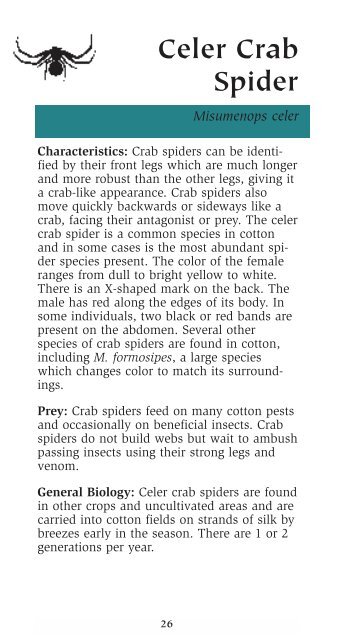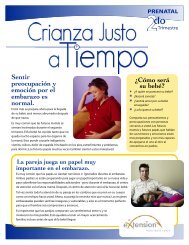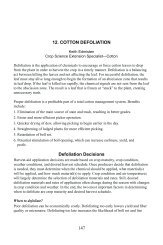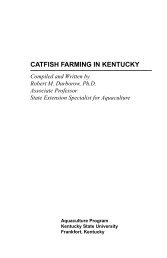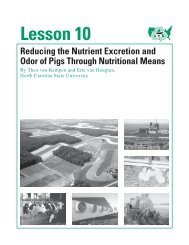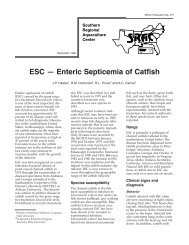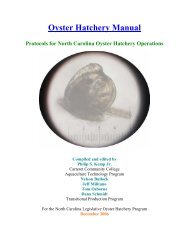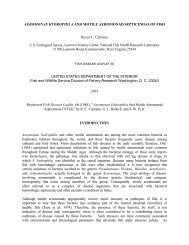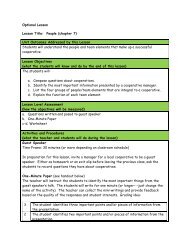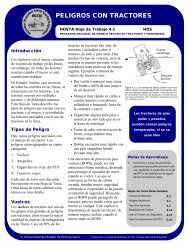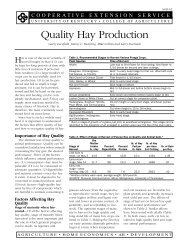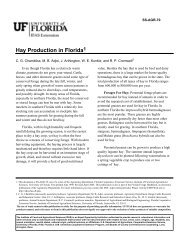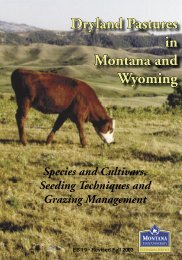Recognizing the Good Bugs in Cotton - Texas Is Cotton Country ...
Recognizing the Good Bugs in Cotton - Texas Is Cotton Country ...
Recognizing the Good Bugs in Cotton - Texas Is Cotton Country ...
Create successful ePaper yourself
Turn your PDF publications into a flip-book with our unique Google optimized e-Paper software.
Celer Crab<br />
Spider<br />
Misumenops celer<br />
Characteristics: Crab spiders can be identified<br />
by <strong>the</strong>ir front legs which are much longer<br />
and more robust than <strong>the</strong> o<strong>the</strong>r legs, giv<strong>in</strong>g it<br />
a crab-like appearance. Crab spiders also<br />
move quickly backwards or sideways like a<br />
crab, fac<strong>in</strong>g <strong>the</strong>ir antagonist or prey. The celer<br />
crab spider is a common species <strong>in</strong> cotton<br />
and <strong>in</strong> some cases is <strong>the</strong> most abundant spider<br />
species present. The color of <strong>the</strong> female<br />
ranges from dull to bright yellow to white.<br />
There is an X-shaped mark on <strong>the</strong> back. The<br />
male has red along <strong>the</strong> edges of its body. In<br />
some <strong>in</strong>dividuals, two black or red bands are<br />
present on <strong>the</strong> abdomen. Several o<strong>the</strong>r<br />
species of crab spiders are found <strong>in</strong> cotton,<br />
<strong>in</strong>clud<strong>in</strong>g M. formosipes, a large species<br />
which changes color to match its surround<strong>in</strong>gs.<br />
Prey: Crab spiders feed on many cotton pests<br />
and occasionally on beneficial <strong>in</strong>sects. Crab<br />
spiders do not build webs but wait to ambush<br />
pass<strong>in</strong>g <strong>in</strong>sects us<strong>in</strong>g <strong>the</strong>ir strong legs and<br />
venom.<br />
General Biology: Celer crab spiders are found<br />
<strong>in</strong> o<strong>the</strong>r crops and uncultivated areas and are<br />
carried <strong>in</strong>to cotton fields on strands of silk by<br />
breezes early <strong>in</strong> <strong>the</strong> season. There are 1 or 2<br />
generations per year.<br />
26


